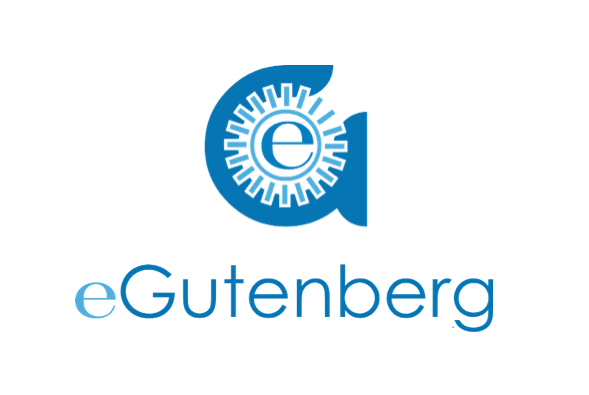The Annotated Lear Project is an undertaking of the students of LaGuardia Arts High School in Manhattan. The goal of the project is to create an annotated digital edition of King Lear for future classes and the general public to use. The project attempts to balance and blend creation and criticism in an effort to make meaning of Shakespeare’s troubling tragedy. The students’ artistic creations are intended to thoughtfully link to their analytic work, all of which is meant to explore and illuminate aspects of the play. We hope this edition will lead its audience to a deeper intellectual and emotional understanding of the play.
Inspired by the Folger Luminary Shakespeare apps, the Annotated Lear Project seeks to use multi-media representations, commentaries and criticism to illuminate the text. However, where the Folger Luminary editions function mainly as reference sources for consumption, the Annotated Lear Project is primarily an educational endeavor. As such, the aim of the project is to both create a public reference source, and to use the act of creation as a learning experience for the student creators.
One of the overarching take-aways we want to convey to our students is that they are more than mere consumers of ideas. As citizens of a digitized society, they are co-creators of meaning and ideology in a way that was reserved to exclusively privileged minorities in past generations. In the past, the industrialized institutions of media have created the ability for mass propagation and creation of culture. While this has increased the power of media, it has also concentrated that power in the hands of a relatively small minority who have given shape to that media. The ideological values of the culture propagated by mass media has been determined by a non-representative sample of society. As a result, those of us without the ability to shape the media have forfeited “our abilities to meaningfully participate in those processes at a grassroots level. No longer cultural participants, we have become consumers of culture produced by others and often in the service of their goals, and not out own” (Jenkins 8). However, this dynamic is shifting. Digital media has the potential to disseminate the power to shape our culture amongst a greater swath of the population. The discourse surrounding any topic is now subject to the influence of anyone with a digital voice.
As citizens of a digital society, students have greater voice in the shaping of discourse, and “an expanded capacity to communicate and circulate their ideas” (Jenkins 7). Because they belong to “networked communities [that] can help shape our collective agendas” they also have more responsibility to shape these discourses thoughtfully. This is why one of our goals is to use the Annotated Lear Project to lead students deeper into the text, not away from it. We don’t want Shakespeare’s play to be a jumping-off point into media creation, but, instead, we want to use the production of media as a means of thoughtful exploration of the play. We want to use the technologies available to our students to augment, not supplant critical thought. In this way, we hope that our students will help shape digital culture into one that values critical thinking and deep exploration of ideas through the multi-modal means at their disposal.
The question of the tension between the critical stances traditionally espoused in the English classroom and the values fostered by digital literacy is explored in Henry Jenkin’s book, Reading in a Participatory Culture: Remixing Moby-Dick in the English Classroom. Jenkins believes that “popular media representations often set so-called digital literacies at odds with the values and norms of traditional print culture” (Jenkins 5). In hopes of reconciling the antagonism between traditional and digital literacies, The Annotated Lear Project seeks to encourage students to take a dusty, old, traditional text and make it relevant – even current. Students are using contemporary modes of creation to find new ways of understanding and connecting to the text. This in and of itself is not amazingly innovative. People have been recreating and re-visioning Shakespeare’s works since they were published. What is new is the ability to make this meaning-making communal and public through digital media. With the Annotated Lear Project students are more than simply re-presenting the material that is already in the script and on the page. With each artistic envisioning, they are adding meaning, nuance and relevance to the discourse surrounding the play.
We hope that you find the Annotated King Lear Project enlightening and entertaining.
We found much resonance between our pedagogical values and practices and the ideas espoused in Henry Jenkins’ Reading in a Participatory Culture: Remixing Moby-Dick in the English Classroom, published by Teachers College Press (February 22, 2013).
This project uses the Collins Edition of William Shakespeare’s play, King Lear. It was prepared by the PG Shakespeare team, a group of about 20 volunteers for Project Gutenberg. It was completed in November, 1998, and was given the Etext #1532.
The image for the header, “After the Storm – blue,” was found at Wikimedia Commons. It has been released to the public domain by its author, Robin Van Westrenen. It was cropped by Nathan Blom.
We offer our thanks to the generous support of the eGutenberg Project.